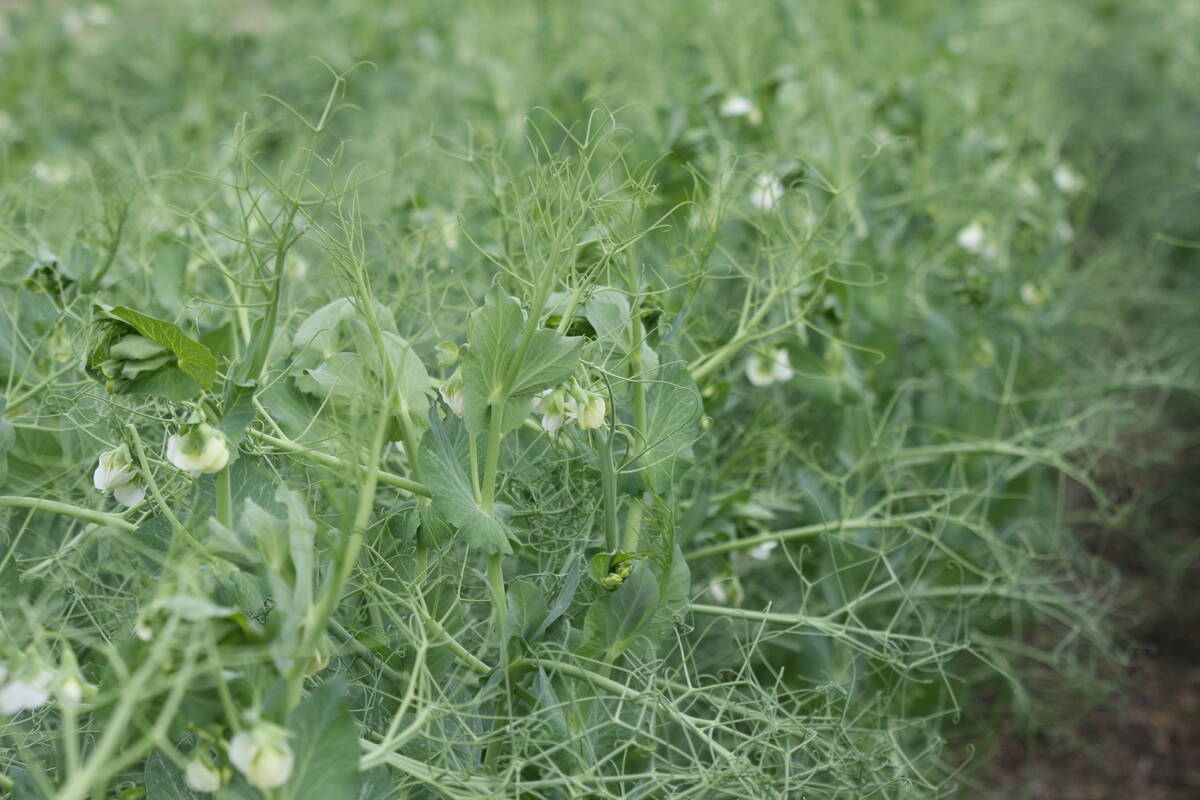Mixed bag outlook | Most crop grown in Queensland, New South Wales
Australia’s chickpea harvest will be a mixed bag, says a buyer of the crop.
In its September crop report, the Australian Bureau of Agricultural and Resource Economics and Sciences forecast 827,000 tonnes of production, an 85 percent increase over the previous five-year average.
The vast majority of that would be desi chickpeas.
Peter Wilson, director of northern states for the Australia Milling Group, which is wholly owned by Alliance Grain Traders, thinks that forecast is too optimistic.
He estimates Australia will produce 600,000 to 620,000 tonnes of desis, down from the August forecast of 750,000 tonnes.
Read Also

Russian pulse trouble reports denied
Russia’s pulse crop will be larger than last year, which won’t help prices rally from their doldrums.
Almost 90 percent of the chickpea crop is grown in Queensland and New South Wales.
Harvest starts in central Queens-land, proceeds into southern Queensland and then into New South Wales.
Wilson estimates one-quarter of the crop has been harvested in central Queensland, and by most accounts the early returns are fantastic.
GrainCorp says yields were 40 percent higher than expected in areas served by its facility in Emerald, Australia.
However, Wilson said the situation will change dramatically when harvest moves into southern Queensland and New South Wales.
“The rest of us have been sucking the hind tit,” he said.
What started as a bumper crop was hit by a prolonged dry spell toward the end of the growing season.
“We had the potential here for absolutely knock-your-socks-off yields,” he said.
But the crop struggled for 90 days without rain. There was also damage caused by a frost during the first week of September.
Wilson expects yields to drop from 0.8 tonnes per acre in central Queensland to 0.3 tonnes per acre in the southwestern portion of the state and then bounce back to 0.6 tonnes per acre as it moves into northern New South Wales.
Australian chickpeas compete directly with Canadian yellow peas in India, where late monsoon rains have improved prospects for the planting of the coming rabi (winter) chickpea crop.
Wilson said even at his reduced production estimate, Australia will still produce a lot more desi chickpeas than it normally does because of the big increase in seededacreage.
The price spread between Australian desi chickpeas and less expensive Canadian yellow peas has narrowed considerably.
Canadian yellow pea prices reached $350 per tonne this summer during the height of concerns about dry conditions in India.
Wilson expects the trend to continue with desi prices falling in the wake of the large Australian harvest.
He believes yellow pea prices, which are more closely tied to wheat prices, will grind sideways.
“I don’t see yellows having upside,” he said.
Wilson anticipates no problem marketing the larger-than-usual Australian chickpea crop because of strong global demand and little carryout in the Australian pipeline.
“You could blow on it from one end to the other and there was nothing in it,” he said.
He doesn’t expect Australia’s big desi crop to hurt Canadian yellow pea sales to India.

















